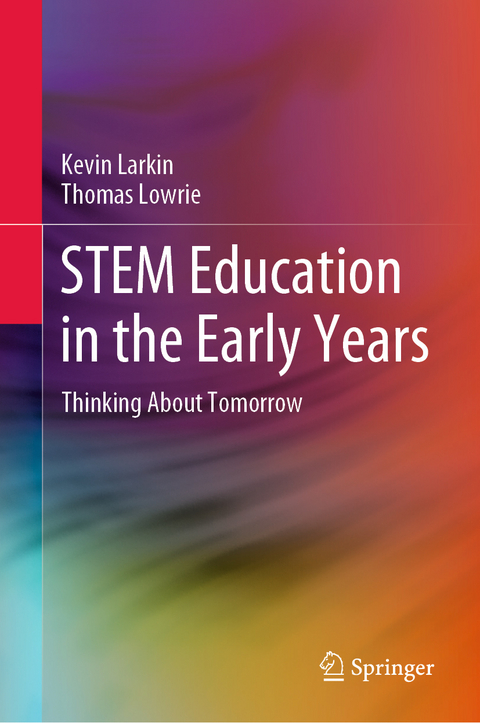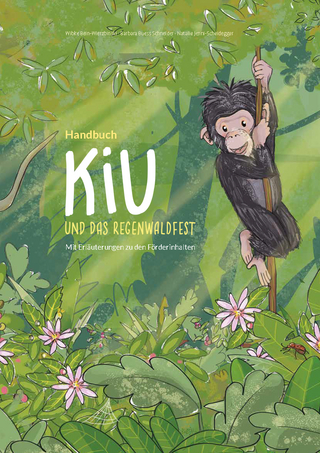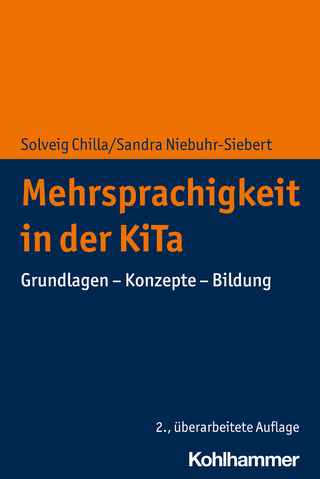
STEM Education in the Early Years
Springer Verlag, Singapore
978-981-19-2809-3 (ISBN)
This book focuses on a number of core themes in the research literature, including STEM education policy (nationally and internationally); the economic, social and political implication of STEM Education; the nexus between digital technologies, STEM, and play based pedagogies; the confidence and competenceof early childhood educators and their professional development requirements; STEM education beyond formal schooling; and a new pedagogical approach to STEM education.
Kevin Larkin is an Associate Professor (Mathematics Education) at Griffith University. He is a member of several research teams investigating: STEM education in early years education; mathematics education in primary and middle school contexts; and pre-service teacher mathematics education. He has published widely in national and international publications in the areas of mathematics education, digital technologies, early years STEM, higher education, and Activity Theory. He was an editor of the Mathematics Education Research Journal (MERJ) and former Chief Editor of the International Journal for Mathematics Teaching and Learning (IJMTL). He is a Senior Fellow of the Higher Education Academy and Senior Fellow of the Griffith Learning and Teaching Academy and was the inaugural Chapter Chair for the Arts Education and Law Group Learning and Teaching Academy. Kevin has received numerous awards for his teaching including Griffith University Teacher of the Year in 2016, a National Citation for Inspiring Learning in 2017, and the Australian University Teacher of the Year Award in 2018. Prior to working at Griffith University, Kevin had 15 years’ experience as a Primary classroom teacher and 14 years as deputy principal. Tom Lowrie is the Director of the STEM Education Resource Centre (SERC) at the University of Canberra. He was appointed as one of the University’s Centenary Professors in 2014.Tom has an established international research profile in the discipline area of mathematics and STEM education. His concentrated and sustained (over 20 years) body of work has focused on the extent to which primary-aged students use spatial reasoning and visual imagery to solve mathematics problems and the role and nature of graphics in mathematics assessment. More recently, his research has expanded to include students’ use of digital tools and dynamic imagery to solve problems and developing spatial curriculum for primary and secondary classrooms. In the past 5 years, Tom has attracted more than $19.4 million in nationally competitive research projects, including five ARC Discovery Grants, the Early Learning STEM Australia (ELSA) project and a Department of Foreign Affairs and Trade Government Partnerships for Development Grant. He works closely with industry partners including the Australian Curriculum Assessment and Reporting Authority (ACARA), the World Bank, The Pearson Foundation and a number of education jurisdictions.
Chapter One Introduction.- Chapter Two Pedagogical and Social Perspectives to teaching STEM.- Chapter Three Digital Technologies, Computational Thinking and Play.- Chapter Four Formal and Informal STEM Learning and implications for Professional Development.- Chapter Five A Way Forward: A new pedagogical approach to STEM Education.
| Erscheinungsdatum | 05.09.2022 |
|---|---|
| Zusatzinfo | 13 Illustrations, color; 1 Illustrations, black and white; XII, 151 p. 14 illus., 13 illus. in color. |
| Verlagsort | Singapore |
| Sprache | englisch |
| Maße | 155 x 235 mm |
| Themenwelt | Schulbuch / Wörterbuch |
| Sozialwissenschaften ► Pädagogik ► Vorschulpädagogik | |
| ISBN-10 | 981-19-2809-6 / 9811928096 |
| ISBN-13 | 978-981-19-2809-3 / 9789811928093 |
| Zustand | Neuware |
| Informationen gemäß Produktsicherheitsverordnung (GPSR) | |
| Haben Sie eine Frage zum Produkt? |
aus dem Bereich


